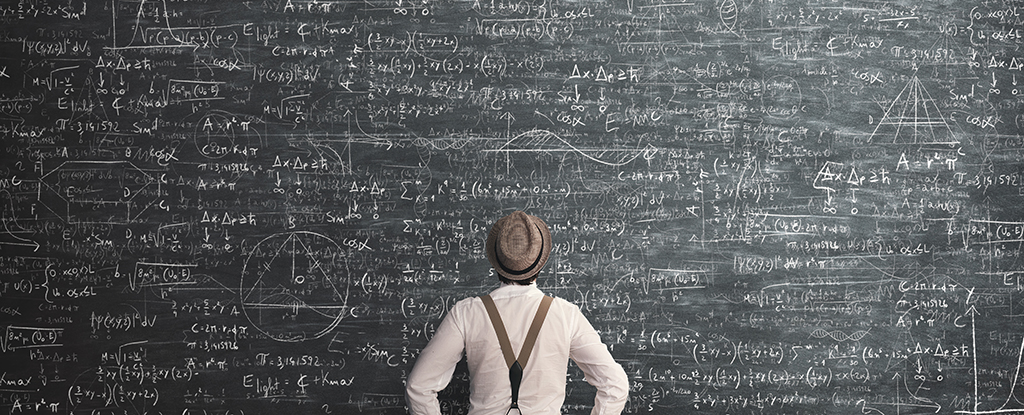Undeterred after three a long time of wanting, and with some help from a supercomputer, mathematicians have lastly found a brand new instance of a particular integer referred to as a Dedekind quantity.
Solely the ninth of its variety, or D(9), it’s calculated to equal 286 386 577 668 298 411 128 469 151 667 598 498 812 366, if you happen to’re updating your personal information. This 42 digit monster follows the 23-digit D(8) found in 1991.
Greedy the idea of a Dedekind quantity is troublesome for non-mathematicians, not to mention working it out. In truth, the calculations concerned are so advanced and contain such large numbers, it wasn’t sure that D(9) would ever be found.
“For 32 years, the calculation of D(9) was an open problem, and it was questionable whether or not it might ever be potential to calculate this quantity in any respect,” says laptop scientist Lennart Van Hirtum, from the College of Paderborn in Germany.
On the heart of a Dedekind quantity are Boolean capabilities, or a sort of logic that selects an output from inputs made up of simply two states, equivalent to a real and a false, or a 0 and a 1.
Monotone Boolean capabilities are those who prohibit the logic in such a means that swapping a 0 for a 1 in an enter solely causes the output to alter from a 0 to a 1, and never from a 1 to a 0.
The researchers describe it utilizing crimson and white colours somewhat than 1s and 0s, however the thought is similar.
“Mainly, you may consider a monotone Boolean operate in two, three, and infinite dimensions as a sport with an n-dimensional dice,” says Van Hirtum.
“You stability the dice on one nook after which colour every of the remaining corners both white or crimson.”
“There is just one rule: you could by no means place a white nook above a crimson one. This creates a sort of vertical red-white intersection. The article of the sport is to rely what number of completely different cuts there are.”
The primary few are fairly straight ahead. Mathematicians rely D(1) as simply 2, then 3, 6, 20, 168 …
Again in 1991, it took a Cray-2 supercomputer (probably the most highly effective supercomputers on the time) and mathematician Doug Wiedemann 200 hours to determine D(8).
D(9) ended up being nearly twice the size of D(8), and required a particular sort of supercomputer: one which makes use of specialised models referred to as Discipline Programmable Gate Arrays (FPGAs) that may crunch by means of a number of calculations in parallel. That led the group to the Noctua 2 supercomputer on the College of Paderborn.
“Fixing exhausting combinatorial issues with FPGAs is a promising area of utility and Noctua 2 is without doubt one of the few supercomputers worldwide with which the experiment is possible in any respect,” says laptop scientist Christian Plessl, the pinnacle of the Paderborn Heart for Parallel Computing (PC2) the place Noctua 2 is stored.
Additional optimizations had been required to provide Noctua 2 one thing to work with. Utilizing symmetries within the formulation to make the method extra environment friendly, the researchers gave the supercomputer one large sum to determine, a sum that concerned 5.5*10^18 phrases (the variety of grains of sand on Earth is estimated at 7.5*10^18, for comparability).
After 5 months, Noctua 2 got here up with a solution, and we now have D(9). The researchers have not made any reference to D(10) in the meanwhile – however we will think about it’d take one other 32 years to search out it.
As but there isn’t any paper reporting on the analysis, however it’s as a consequence of be introduced in September on the Worldwide Workshop on Boolean Capabilities and their Purposes (BFA) being held in Norway.

